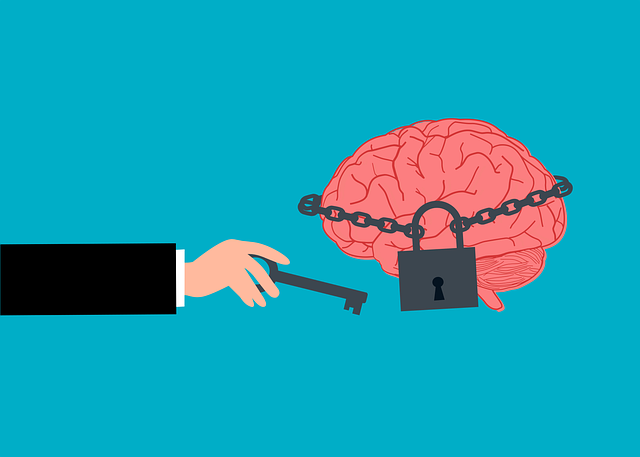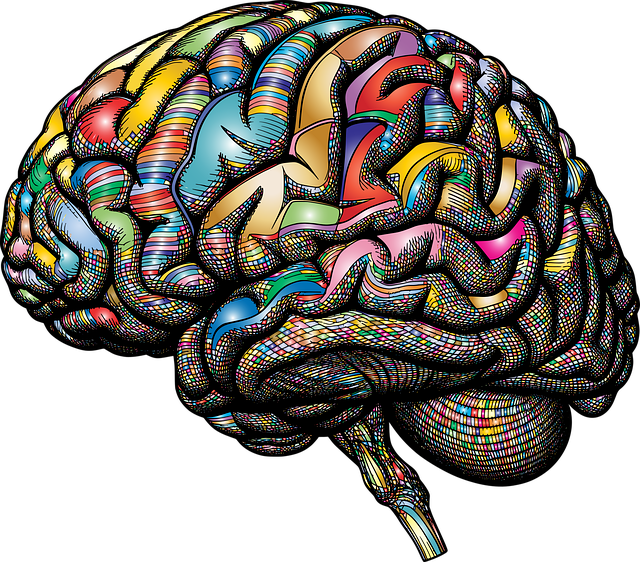Media representations of mental illness, especially Superior Conduct Disorder (SCD), significantly impact public understanding and perceptions. Stereotypical portrayals perpetuate stigma and misinformation, hindering individuals from seeking therapy. Accurate media depictions can foster empathy, promote SCD Therapy, and encourage a more compassionate society. Integrating cultural sensitivity and effective communication strategies in media narratives normalizes conversations around mental health, providing support for those facing challenges.
“In today’s media landscape, accurate representation of mental illness is crucial. This article delves into the challenge of mental health depiction, exploring how stereotypes and misinformation impact public perception. We dissect the unique complexities of Superior Conduct Disorder, offering insights into effective therapy approaches. Furthermore, we advocate for responsible media portrayal and present strategies to foster change. By promoting accurate representations, we aim to enhance understanding and reduce stigma, ultimately paving the way for more empathetic and informed society.”
- Understanding Mental Illness Representation in Media
- The Impact of Stereotypes and Misinformation
- Promoting Accurate Portrayals: A Call for Action
- Superior Conduct Disorder: Unique Challenges and Treatment Approaches
- Empowering Change: Strategies for a More Responsible Media Depiction
Understanding Mental Illness Representation in Media

Mental illness representation in media plays a significant role in shaping public understanding and perceptions. It’s crucial to move beyond stereotypical portrayals that often perpetuate stigma and misinformation. Media has the power to influence attitudes, so accurate and nuanced representations can foster empathy and promote better mental health support. By presenting complex characters with genuine struggles and effective treatment strategies, such as Superior Conduct Disorder Therapy, media can contribute to a more compassionate society.
Understanding the impact of these portrayals is essential, especially when considering the global reach of media content. Incorporating elements of self-care routine development for better mental health and addressing cultural sensitivity in mental healthcare practice are vital steps towards positive change. These approaches ensure that media representation not only educates but also empowers individuals facing mental health challenges, encouraging them to seek help and support without fear of judgment.
The Impact of Stereotypes and Misinformation

The media’s portrayal of mental illness often perpetuates harmful stereotypes and misinformation, significantly impacting public understanding. When individuals with conditions like Superior Conduct Disorder (SCD) are depicted through these distorted lenses, it can hinder the journey towards recovery and create barriers for those seeking therapy. Such representations may contribute to stigmatization, leading to social isolation and a reluctance to pursue treatment.
Stereotypical portrayals often simplify complex disorders, reducing them to simplistic narratives that fail to capture the nuances of individual experiences. This misinformation can deter people from embracing emotional healing processes and coping skills development, which are essential components of SCD therapy. Promoting accurate representation is crucial to fostering an environment where individuals feel understood and encouraged to embrace mind over matter principles as they navigate their mental health journeys.
Promoting Accurate Portrayals: A Call for Action

The media plays a significant role in shaping societal perceptions about mental health, often influencing how we understand and respond to conditions like Superior Conduct Disorder (SCD). However, inaccurate or stereotypical portrayals can lead to further stigma and misunderstanding. It is imperative to promote accurate representations that reflect the reality of therapy and recovery for individuals living with SCD. This involves a collective effort from content creators, industry professionals, and consumers to demand better standards in media narratives.
By encouraging responsible storytelling, we can ensure that media portrays SCD and other mental health issues with sensitivity and complexity. Integrating effective communication strategies and cultural sensitivity in mental healthcare practice is vital. Depicting characters who effectively manage their emotions through therapy sessions and showcasing the diverse paths to recovery can help normalize conversations around mental illness. Ultimately, these representations will contribute to a more informed and supportive society for those seeking treatment, especially for SCD Therapy.
Superior Conduct Disorder: Unique Challenges and Treatment Approaches

Superior Conduct Disorder (SCD) presents unique challenges due to its complex nature and often co-occurring conditions like anxiety disorders. This severe behavioral disorder is characterized by persistent aggressive behavior, violation of rights of others, and serious harm or danger to the individual or community. Unlike other mental health issues that might have more visible symptoms, SCD manifests in subtle ways, making it harder to identify and diagnose early on. The impact extends beyond the individual, affecting families, schools, and communities, creating a need for comprehensive understanding and tailored interventions.
Treatment approaches for SCD focus on a multi-faceted strategy. Behavioral therapy, including cognitive-behavioral therapy (CBT), has shown effectiveness in modifying aggressive behaviors and improving impulse control. Group therapy and family counseling can foster a supportive environment, enhance resilience building, and promote positive coping strategies. Community outreach program implementation plays a crucial role in raising awareness, reducing stigma, and offering peer support networks. Additionally, mindfulness practices and anxiety relief techniques can help individuals with SCD manage stress and emotional regulation.
Empowering Change: Strategies for a More Responsible Media Depiction

Media has a significant impact on shaping societal perceptions, and its responsible representation of mental illness can be a powerful tool to foster understanding and reduce stigma. One effective strategy is to showcase characters with mental health challenges in diverse and nuanced roles, highlighting their strengths and struggles equally. This approach encourages viewers to see beyond the disorder, promoting empathy and compassion. For instance, portraying individuals undergoing Superior Conduct Disorder Therapy and successfully reintegrating into society can offer hope and inspire positive attitudes towards recovery.
Additionally, media can contribute to change by incorporating realistic portrayals of various therapeutic practices, such as cognitive-behavioral therapy or group support sessions. This not only educates the audience but also empowers viewers to recognize their own mental health needs. Encouraging open dialogue about mental illness through compelling narratives and accurate representations can lead to a better-informed public, reducing the risk of misinformed judgments. Moreover, featuring characters who employ conflict resolution techniques and positive thinking strategies can provide valuable insights into coping mechanisms, fostering a more supportive environment for mental health discussions.
Mental illness representation in media has come a long way, but there’s still much work to be done. By challenging stereotypes and misinformation, we can foster more accurate and empathetic portrayals. Recognizing disorders like Superior Conduct Disorder and advocating for responsible media depiction are essential steps towards creating a more inclusive and supportive society. Let’s continue to educate ourselves and push for superior conduct disorder therapy approaches that reflect the reality of these conditions, ultimately promoting better mental health outcomes in our communities.













